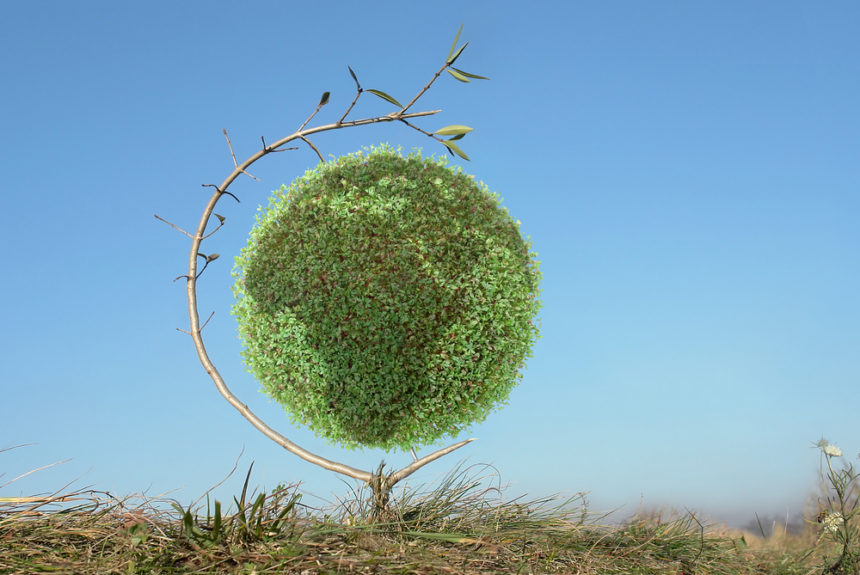Historical monuments are an important part of our society and also for our tourism industries. They hold significant value due to the rich history they hold and attract thousands of people looking to reconnect with the past for different reasons. These historic attractions can range from castles and palaces to rock formations, caves and ancient carvings (Stonehenge is a great example of this). As such, these monuments are usually well cared for and maintained as they are important places.
However, even the most well-maintained places do sometimes suffer from human interaction, specifically, waste. As long as human beings interact with these places, there will always be a waste. It may not be the most glamorous of topics but it is a very important subject to tackle – not only for our own wellbeing but for the planet as a whole.
It is, therefore, important to find ways to manage the waste and keep these monuments as clean and environmentally viable as possible.
Importance of Managing Waste
There are a number of reasons why you would want to maintain a waste-free historical monument. Like in any other establishment, proper waste management comes with more benefits than it does disadvantages. These include:
- It is good for the environment – proper handling of waste reduces the negative impacts on the environment.
- It is good for human health – keeping a monument waste-free means less contamination for visitors. For example, by reducing the amount of organic waste, you reduce the occurrences of wild animals and rodents which could be dangerous to humans. Also, burning all kinds of waste material could be harmful to human health.
- It has cost benefits- keeping waste to a minimum means that removal costs are kept to a minimum. Also, practices such as recycling can even reduce costs.
That said, here are 4 tips to keep historical monuments waste-free.
Help Everyone Improve their Habits
Keeping a historical monument waste-free is going to be easier If you can help everyone improve their habits. While you can’t dictate what everyone does, and can’t follow everyone around to make sure that they don’t litter, you can help them improve their habits through subtle ways.
- Reminders not to throw trash everyone. It doesn’t have to be painted in all caps. You could mention it to visitors as they arrive and remind them and thank them for keeping the place free of waste.
- Have enough equipment for waste collection. A singular bin won’t help enough. Purpose to put clearly marked bins around where people traffic to reduce the amount of litter.
- Provide clean drinking water so that everyone doesn’t have to buy water all the time. This will reduce the number of waste bottles being used.
- Provide the necessary resources for waste reduction. This doesn’t have to be a full course on waste management. It can be something as simple as an email every now and then to help everyone understand how they can play a role in reducing waste.
There is a myriad of simple ways you could help everyone improve their habits. By doing these things, especially infrequently visited areas, you will help everyone act responsibly by reducing the amount of waste they produce overall.
Embrace Waste Prevention Practices
Waste prevention is better than waste management. There are 3 great ways to prevent the production of waste in a historical monument.
Reduce
This means reducing the amount of waste produced. A great example is the one mentioned above; providing clean water in order to reduce the number of plastic bottles left behind. Also, when purchasing things for administrative purposes, buy them in bulk. They come with fewer packages thus reducing the amount of waste.
Reuse/ Recycle/ Repair
Reusing and recycling items means you will have to use something long before you have to throw it away. For example, with a little creativity, some packaging could be used as decorations during the holidays. You don’t necessarily have to reuse something over and over again to reduce the amount of waste. Simply repurposing it to do something else will work enough.
Additionally, you don’t always have to throw away stuff that’s damaged. Find out if it can be repaired for continued use.
Donate
If you have stuff that needs to be thrown away, consider donating it instead especially if it is still in good condition. Stuff such as old electronics, utensils, and so forth can be donated to other people who could use it.
Get Everyone Involved
It is impossible to handle all the waste management practices alone, at least sustainably. The best way to make sure that you aren’t always cleaning up after people is to get everyone else involved. There are two ways to do this.
- Get everyone involved. This includes the staff and visitors. Let them consciously try to keep the monuments waste-free to the best of their abilities and provide the information and resources required to do so.
- Create your own team. This is the second-best option. Sometimes, you won’t be able to get everyone involved. Creating a team to handle waste management around a historical monument is also a great idea.
Separate Waste
Another great way to keep historical monuments waste-free is to separate waste. Usually, everyone tends to lump everything together. While this might seem sustainable in terms of space, it really isn’t. Separating waste allows you to sort out what needs to be thrown away and what can be reused or repurposed.
For example, organic waste can be repurposed as compost which will then help improve the quality of soil around the monuments. By simply removing all the organic waste and putting it in compost, you will have reduced the amount of waste you produce. It helps to hire a skip for this purpose as not only does it help you to separate waste properly, but it also makes it easy to get rid of it.
Conclusion
Keeping a historical monument waste-free is not an easy job, yet it is not an impossible one either. All you need to do is plan well and incorporate some, if not all, of the above-mentioned tips. Only then can you guarantee that anyone who visits the place will enjoy whatever rich history the monument holds.


